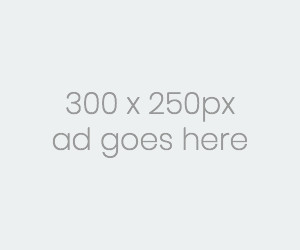
The Expense details
Getting to Know the P&L Statement: The Expense details
A common way to group expenses is by what they're used for, which is also known as the "cost of sales method" or "nature of the expense". The expense details in a P&L statement typically include various categories such as:
Cost of Goods Sold (COGS):
This includes the direct costs that come with making the things that a business sells. It could include things like the cost of raw materials, the cost of workers directly used in production, and the cost of running the factory.Operating Expenses:
: These are the expenses incurred in the normal operation of a business.Non-operating Expenses:
These are expenses that are not directly related to the primary business activities.Taxes:
This includes the taxes the company pays on its income.Extraordinary Items:
expenditures or gains that are unusual or don't happen often and aren't likely to happen again in the future.Other Expenses:
Any additional expenses not covered by the above categories.
To find the company's net income or net loss for the time, these costs are subtracted from its income. The profit and loss statement (P&L) shows how well a business is doing financially and helps people judge how profitable and efficient it is.
|
Table of Contents: Getting to Know the P&L Statement 1. Introduction of the financial statements 2. The Profit and Loss statement |










Post Comment